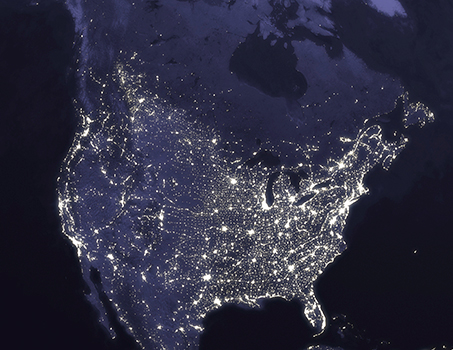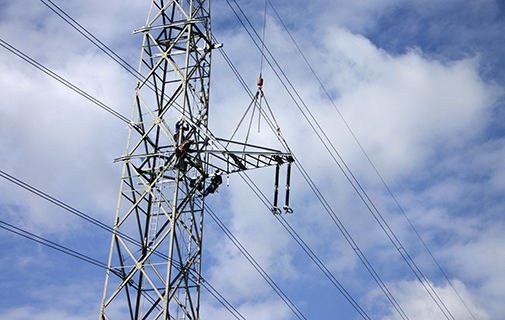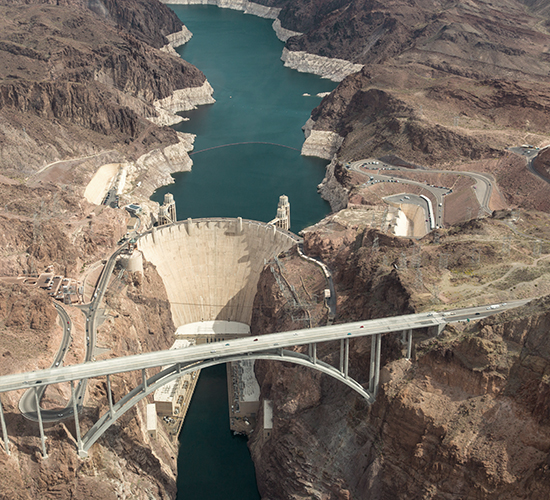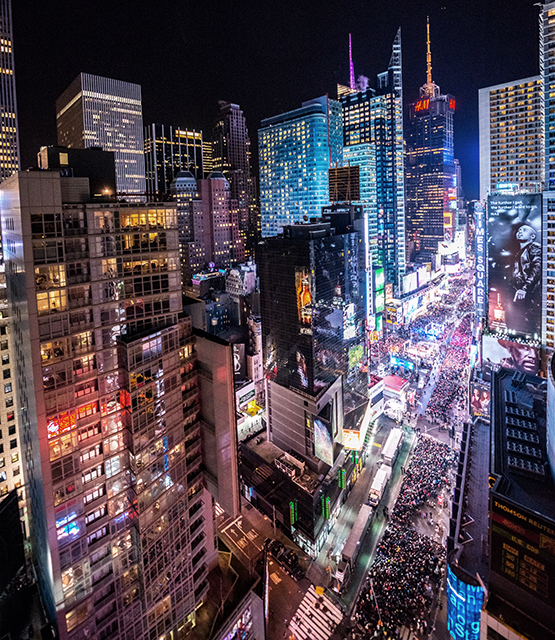What is the grid? Explaining a modern engineering marvel
Our continent-wide electricity network delivers light, heat, and myriad creature comforts
It’s been called the “world’s largest machine.”
It’s an engineering feet of Herculean proportions, and it provides us with light, heat, and other modern creature comforts—24 hours a day, 365 days a year.
It’s known as “the grid,” and it’s a massive, complex network of transmission lines, generation facilities, and transformers across North America.
How does the electricity grid work? What makes it so reliable? How is its power generated?
Keep on scrolling to learn the answers!
Going with the flow
Across the continent, there are three major interconnections that link up local or regional electricity grids and move power back and forth.
The Eastern Interconnection covers the region east of the Rocky Mountains; the Western Interconnection ranges west from the Rockies to the Pacific Ocean; and the Electric Reliability Council of Texas (ERCOT) encompasses most of the Lone Star State.
This network structure, which includes 35 separate links between Canada and the U.S., is essential. It offers multiple avenues for the flow of electricity, and links up generators with faraway consumer demand (areas called “load centers”)—all of which prevents power outages.


A fine balancing act
For the grid to work, it needs to be stable. In other words, electricity supply must match electricity demand—everywhere, all the time.
That’s the responsibility of balancing authorities, usually local or regional electric utilities. These authorities are constantly appraising expected power demand at any given time, making sure that enough supply is available to cover that demand, and managing the transfer of power with their counterparts in other sections of the grid.
If supply and balance fall out of balance, localized or widespread blackouts can occur.
![]()
In the world's conversation about energy, one point is beyond debate: Energy makes a vital contribution to people's quality of life, to society and to human progress. This is true today, and it will remain true in the future. That's why Energy Matters was created. We believe it's important to equip people with unbiased information so they may form opinions, join the conversation and feel confidence in the work and accomplishments of the energy sector. Energy Matters is an initiative that provides transparent information and perspective on energy. Here, we'll cover a range of topics: the scale of global energy; the ways energy is sourced and produced; current energy technology; forthcoming innovations; the world's future energy needs; and the sustainable sources of energy that will fill them. Because energy matters to everyone, we hope you'll rely on Energy Matters as an ongoing source of balanced information.




